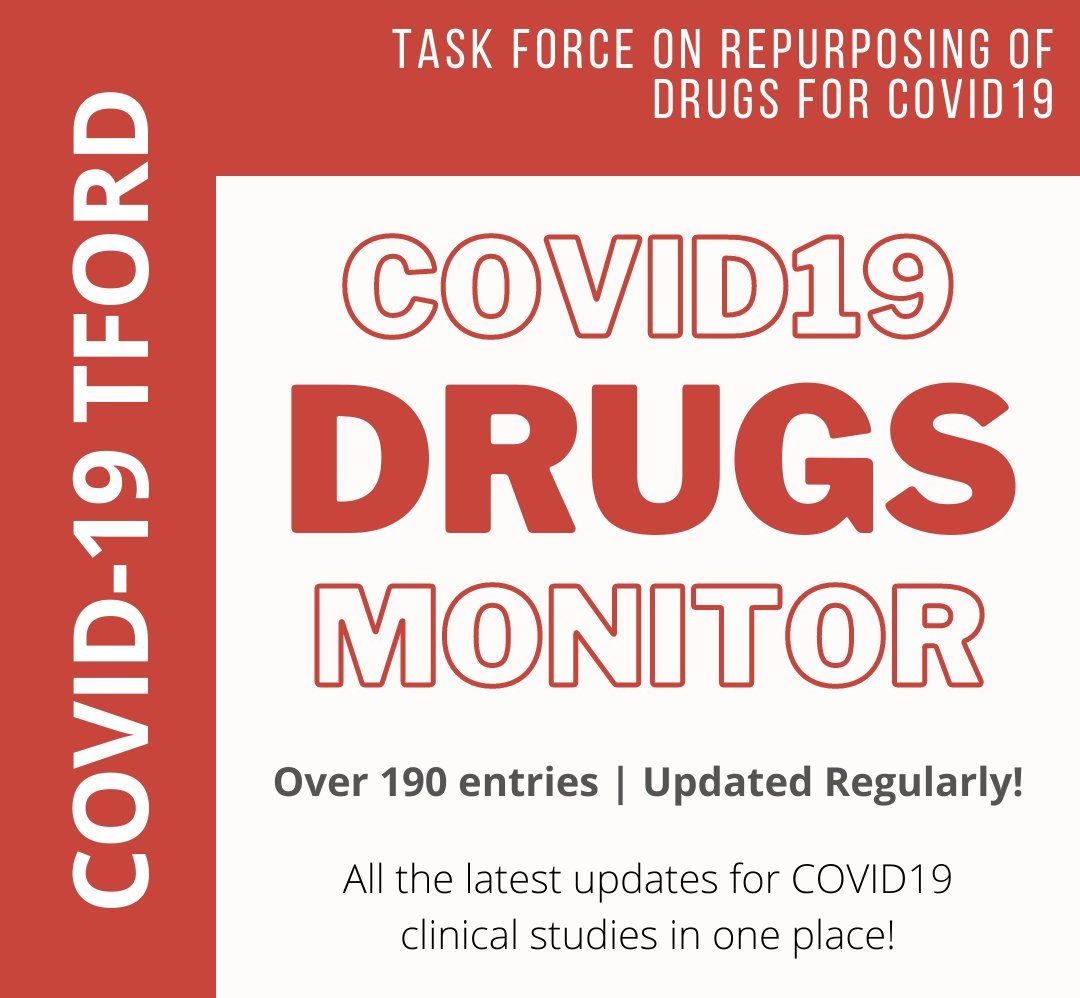(11 Oct 2020) Enoxaprin- associated with lower rates of thrombosis and mortality
Enoxaparin is associated with lower rates of thrombosis, kidney injury, and mortality than Unfractionated Heparin in hospitalized COVID patients
https://www.medrxiv.org/content/10.1101/2020.10.06.20208025v1
While retrospectively analyzing the complete electronic health records (EHRs) of 671 hospitalized COVID-19 patients administered either enoxaparin or unfractionated heparin, but not both it was found that COVID-19 patients administered unfractionated heparin but not enoxaparin have higher rates of mortality (risk ratio: 2.6; 95% C.I.: [1.2-5.4]; p-value: 0.02; BH adjusted p-value: 0.09), thrombotic events (risk ratio: 5.7, 95% C.I.: [2.1, 33.9], p-value: 0.024), acute kidney injury (risk ratio: 5.5; 95% C.I.: [1.2-17.7]; p-value: 0.02; BH adjusted p-value: 0.10), and bacterial pneumonia (risk ratio undefined; 95% C.I.: [1.0, 292]; p-value:0.02; BH adjusted p-value:0.10), compared to patients administered enoxaparin but not unfractionated heparin. Notably, even after controlling for potential confounding factors such as demographics, comorbidities, admission diagnosis, initial ICU status, and initial level of oxygen support, the above differences between the enoxaparin and unfractionated heparin patient cohorts remain statistically significant. This study emphasizes the need for mechanistically investigating differential modulation of the COVID-associated coagulation cascades by enoxaparin versus unfractionated heparin.
